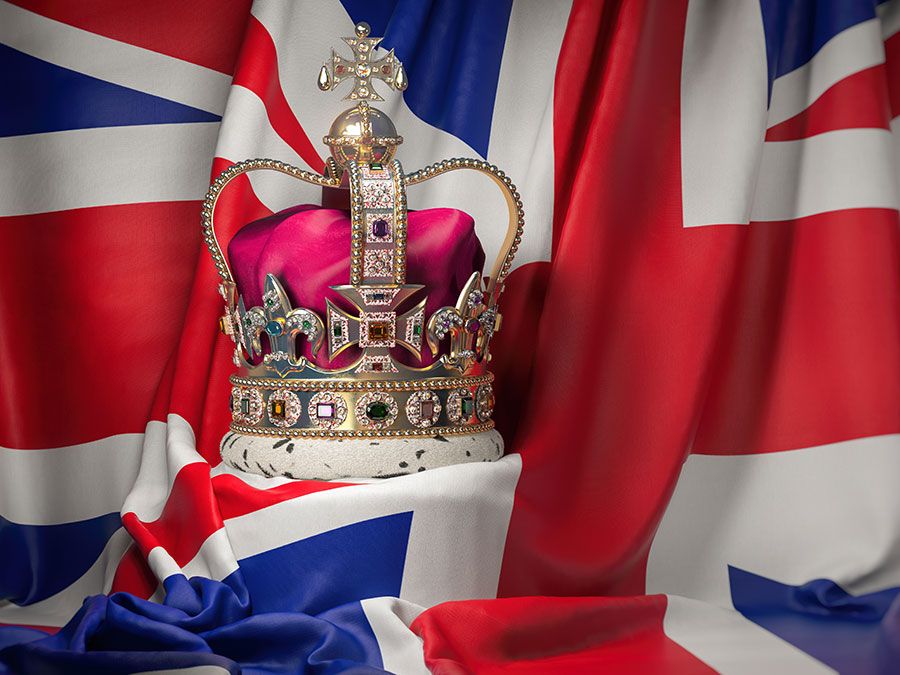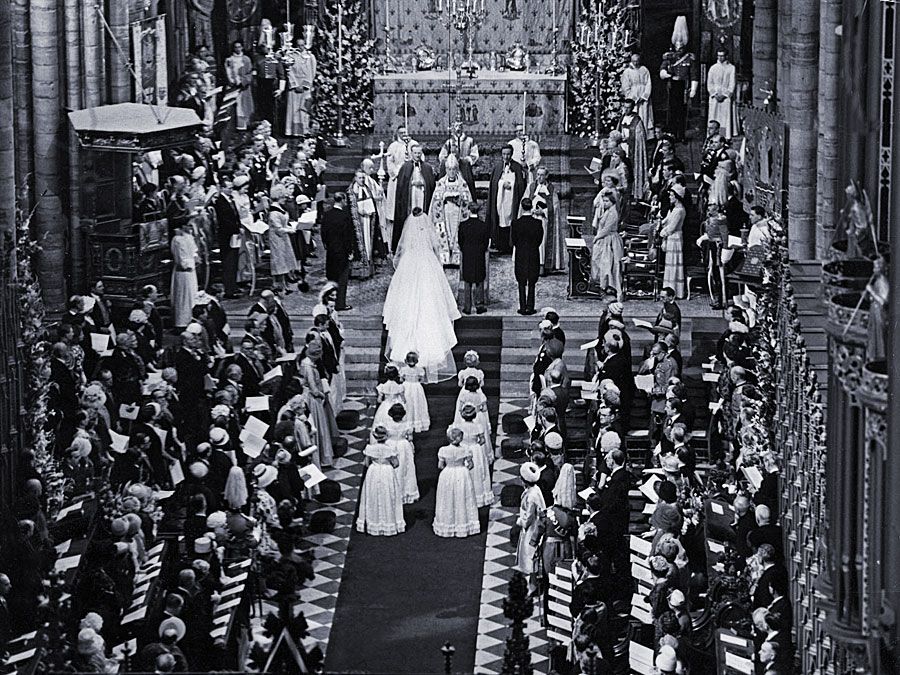Westminster Abbey
Our editors will review what you’ve submitted and determine whether to revise the article.
Westminster Abbey, London church that is the site of coronations and other ceremonies of national significance. It stands just west of the Houses of Parliament in the Greater London borough of Westminster. Situated on the grounds of a former Benedictine monastery, it was refounded as the Collegiate Church of St. Peter in Westminster by Queen Elizabeth I in 1560. In 1987 Westminster Abbey, St. Margaret’s Church, and the Houses of Parliament were collectively designated a UNESCO World Heritage site.
Architectural history
Legend relates that Saberht, the first Christian king of the East Saxons, founded a church on a small island in the River Thames, then known as Thorney but later called the west minster (or monastery), and that this church was miraculously consecrated by St. Peter. It is certain that about 785 ce there was a small community of monks on the island and that the monastery was enlarged and remodeled by St. Dunstan of Canterbury about 960. St. Edward the Confessor built a new church on the site, which was consecrated on December 28, 1065. It was of considerable size and cruciform in plan. In 1245 Henry III pulled down the whole of Edward’s church (except the nave) and replaced it with the present abbey church in the pointed Gothic style of the period. The design and plan were strongly influenced by contemporary French cathedral architecture.
The rebuilding of the Norman-style nave was begun by the late 1300s under the architect Henry Yevele and continued intermittently until Tudor times. The Early English Gothic design of Henry III’s time predominates, however, giving the whole church the appearance of having been built at one time. The chapel of Henry VII (begun c. 1503), in Perpendicular Gothic style, replaced an earlier chapel and is famed for its exquisite fan vaulting. Above the original carved stalls hang the banners of the medieval Order of the Bath.

The western towers were the last addition to the building. They are sometimes said to have been designed by Sir Christopher Wren, but they were actually built by Nicholas Hawksmoor and John James and completed about 1745. The choir stalls in the body of the church date from 1847, and the high altar and reredos were remodeled by Sir George Gilbert Scott in 1867. Scott and J.L. Pearson also restored the north transept facade in the 1880s. The abbey was heavily damaged in the bombings that ravaged London in World War II, but it was restored soon after the war.
Coronations, weddings, and burials
Since William the Conqueror in 1066, every British sovereign has been crowned in the abbey except Edward V and Edward VIII, neither of whom was crowned. Additionally, Westminster Abbey has a long tradition of royal weddings, beginning with Henry I’s marriage to Matilda of Scotland in 1100. The only other reigning monarch to be wed in the abbey was Richard II, who married Anne of Bohemia in 1382. The abbey was the venue for the wedding of Prince William and Catherine Middleton in 2011.
Many kings and queens are buried near the shrine of Edward the Confessor or in Henry VII’s chapel. The last sovereign to be buried in the abbey was George II (died 1760); since then they have been interred at Windsor Castle. The abbey is crowded with the tombs and memorials of famous British subjects, such as Isaac Newton, David Livingstone, and Ernest Rutherford. Part of the south transept is well known as Poets’ Corner and includes the tombs of Geoffrey Chaucer, John Dryden, Robert Browning, and many others. The north transept has many memorials to British statesmen. The grave of the “Unknown Warrior,” whose remains were brought from Flanders (Belgium) in 1920, is in the center of the nave near the west door.
Interesting facts about Westminster Abbey
- Westminster Abbey is called a “royal peculiar” because it is under the jurisdiction of the British monarch and not the Church of England.
- Thirty royals are buried in the abbey, including 13 kings, 4 queens regnant, and 11 queens consort. In addition, James I’s mother, Mary, Queen of Scots, and his daughter Elizabeth are interred there.
- Geoffrey Chaucer was the first poet to be buried (1400) in what became known as Poets’ Corner. However, he was initially recognized for his service as the clerk of the king’s works. It was not until Edmund Spenser was buried next to him some 200 years later that the idea for Poets’ Corner was formed.
- In a plot worthy of a novel, Charles Dickens was interred at Westminster Abbey against his wishes. He had requested a simple burial in a location close to his country home in Kent. Rochester Cathedral was ultimately chosen, and a grave was dug there. However, in a scheme reportedly instigated by Arthur Penrhyn Stanley, the dean of Westminster, the author was buried in Poets’ Corner. Stanley thought Dickens added prestige not only to the abbey but also to himself.
- Poet Lord Byron was refused burial in Westminster Abbey after his death in 1824 because his life was considered to have been too scandalous. However, a memorial stone was finally placed on the floor of the abbey in 1969.
- The abbey is home to the oldest door in Britain. Using dendrochronology, scientists discovered that a wooden door leading to the Chapter House was built in the 1050s.
- British artist David Hockney was commissioned to design a stained-glass window that commemorates the reign of Elizabeth II. The vibrant The Queen’s Window was installed in 2018.
- In 1998 statues of 10 modern martyrs were added over the abbey’s west door. The martyrs are from around the world and include American civil rights leader Martin Luther King, Jr., and Dietrich Bonhoeffer, a German theologian who was executed for his involvement in a plot to kill Adolf Hitler.



































